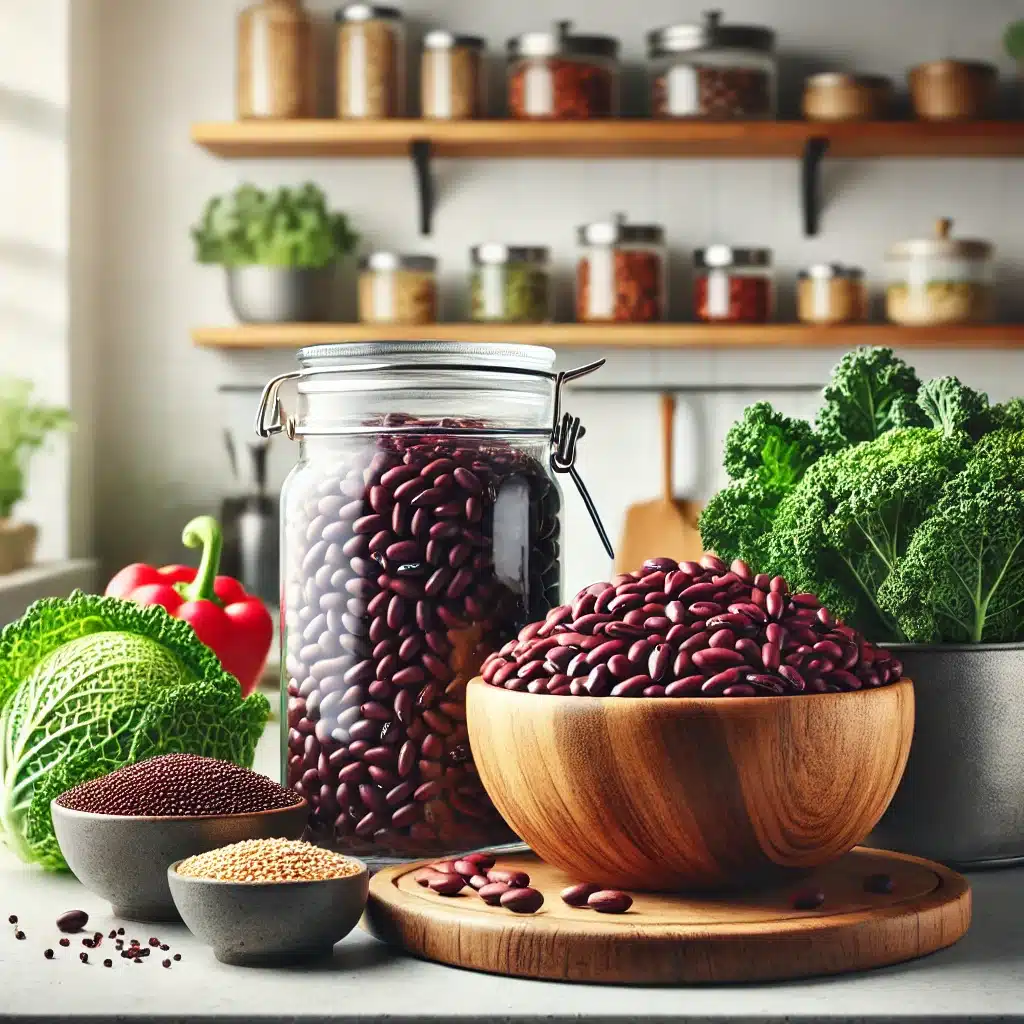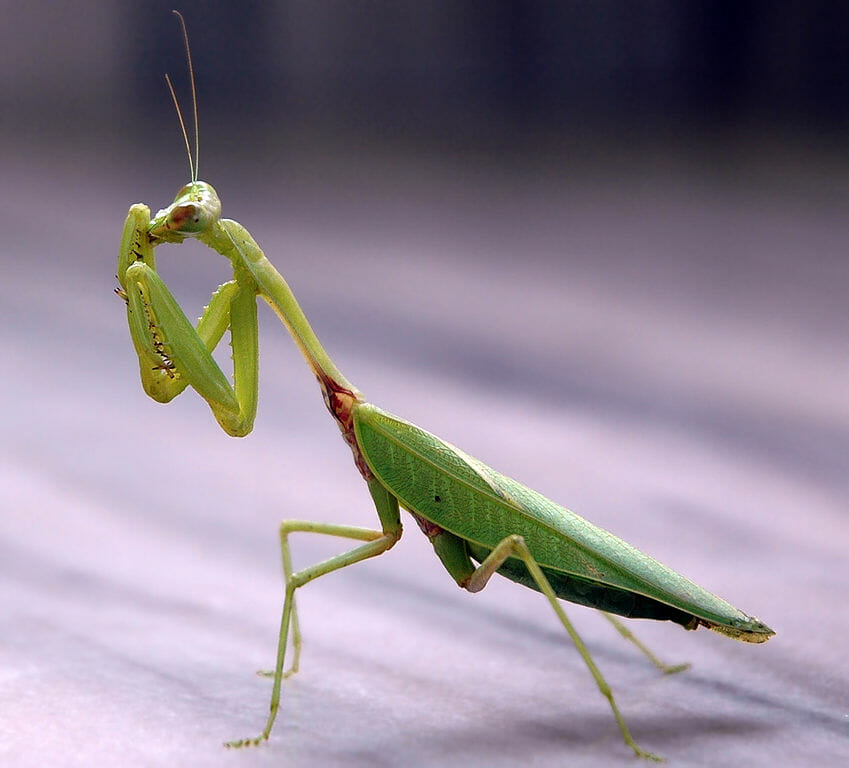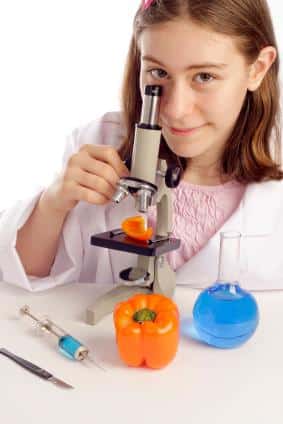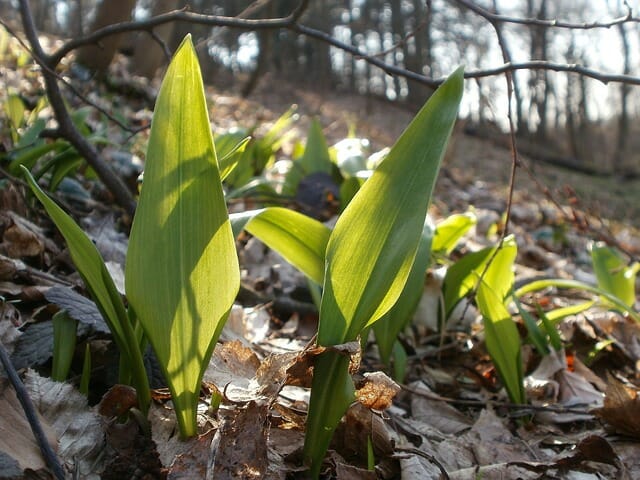
When those in the survivalist and prepping community talk about living off the land, the focus tends to be on hunting, with maybe a little fishing thrown in for variety. Being a carnivore myself, I happen to like that idea, but in reality, it’s not a complete picture. Our ancestors, if you go back far enough, lived as hunter/gatherers. We tend to focus on the hunting part, without talking much about the gathering part.
Hunting is all about animal protein, while gathering is about plants. Whether it’s nuts, berries, fruit, leaves or roots, plant life helps to sustain us as much as animal protein does. In fact, those who claim expertise in nutrition tell us that it should be the larger part of our diet.
Yet few of us know enough to gather plants for food, should we find ourselves in a survival situation. That’s dangerous, as it denies us a major source of the nutrition that we’ll so desperately need. Not only that, but last I checked, a plant can’t run away from us when we’re hunting it. So, gathering should actually be an easier way to find food.
For this reason, a good guide to edible plants should be a part of everyone’s bug-out bag and survival kit. If you can find a pocket version, that would be even better. Just make sure that it deals with the plants in the region where you live and not something that’s on the other side of the country.
But what if you don’t have that guide? Or what if you’re having trouble finding the plants listed in it? Can you still eat the plants you find, or is that something to be avoided at all costs?
Get The Essential Secrets Of The Top Survivalists In The World!

The answer to these questions is yes … and no. For every plant that we eat, somebody, sometime, had to be the first to try it. They either found it to be tasty and nutritious, or they found it to be poisonous. In the latter case, hopefully all that happened was an upset stomach. But I’m sure that in some cases, people died with their bellies full of the wrong plants, simply because they didn’t know that they were poisonous.
There is an accepted process for determining if plants are safe to eat. Called the “universal edibility test,” this process reduces the risk of trying new plants as food. If you are caught in a situation where it could be necessary to eat plants that you are unaccustomed to, knowing this process could save your life.
What to Avoid
When we’re talking about edible plants, we need to understand that any plant is composed of various parts. Some might be edible, while others are not. There are even cases where one part of the plant is commonly eaten, while another is deadly poisonous.
These plant parts are:
- Roots.
- Stems.
- Leaves.
- Flowers.
- Fruit and seeds (including nuts and berries).
When you’re testing any plant’s edibility, only check one part of the plant at a time. Don’t assume that just because one part is edible, others are, as well. You’ll have to perform the same test for each part, before you can declare it edible.
But to start, let’s look at what sorts of plants to avoid. Plants that have the following characteristics are probably not safe to eat, no matter how much they look like they’d be an ideal addition to your salad:
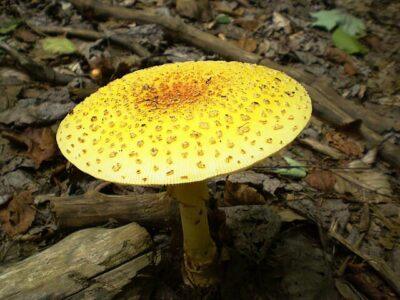
Not Safe to Eat
- Mushrooms that you are not familiar with.
- Any plants growing near contaminated water.
- Plants with shiny leaves.
- Plants with groups of three leaves.
- Plants that create a stinging sensation when touched.
- Plants with a foul odor.
- Any plants that have a bitter or soapy flavor.
- Plants that have a milky sap in the stems.
- Beans, bulbs or seeds which grow inside pods. While some of these are safe to eat, proportionally there’s a greater chance of danger from them.
- Any grains with pink, purplish or black spurs.
Doing the Universal Edibility Test
Once you’ve eliminated the plants listed above, it’s time to talk about what you can try to eat. Pick plants that are in abundance to run this test. If you’re going to put yourself through the trouble to do it, and take the risk associated with the test, you might as well get the most bang for your buck. Testing a plant that is in abundance will provide you with more potential food to eat.
If you have multiple members in your group, only one should try a particular plant or plant part. Different people can try different plants or plant parts, but there’s nothing to be gained by having two or three people run the same test, but there could be much to be lost.
Avoid waiting until you are starving to run your test. Properly run, the test takes a few days. If you wait, you’ll be tempted to cut corners, increasing your risk. You also want to fast for eight hours before starting the test, drinking only water. This will ensure that you are getting the results of the plant you are testing, not any other food. Likewise, during the test, don’t eat or drink anything but water.
Get Backup Electrical Power In A Convenient, Portable Briefcase!
For the test itself, do the following steps in order:
Prepare the plant or plant part in the manner you expect to eat it. Cooking can eliminate chemical compounds and pathogens which otherwise would be dangerous to eat.
- Cool a portion and touch the cooked, but cooled portion briefly, checking for any burning sensation. Wait a few minutes to see if the area that had been in contact with the plant becomes red or gets a rash.
- Hold a small amount of the cooked, cooled plant part to the skin, allowing it to sit there for 15 minutes. Once again, look for burning, redness, itching, rash or blistering.
- Touch a small amount of the plant to the outer part of your lip, checking for any burning or itching. Wait 15 minutes for any reaction.
- Take a small portion (about ½ tsp.) and hold it on the tongue, without chewing, for 15 minutes; then spit it out. Once again, check for any symptoms, such as burning or itching.
- Chew a bite of the plant thoroughly for 15 minutes, without swallowing.
- If, at the end of 15 minutes, there are no symptoms from contact with the plant, swallow it. Wait eight hours for any reaction. The main symptoms you are looking for in this time are abdominal pain and/or vomiting. If either occurs, drink a lot of purified water.
- If there are no ill effects from the bite of food after eight hours, eat a small portion, about ¼ cup and wait another eight hours. If no negative symptoms occur, you can declare the plant safe to eat.
While this process may seem tedious, it is safe. There is no reason to take any unnecessary risk in any survival situation. Using this process reduces risk. Even if a plant is poisonous, by following these steps, there is a good chance that the person who is testing the plant will survive with nothing more than a stomach ache.
What advice would you add? Share your tips in the section below:





